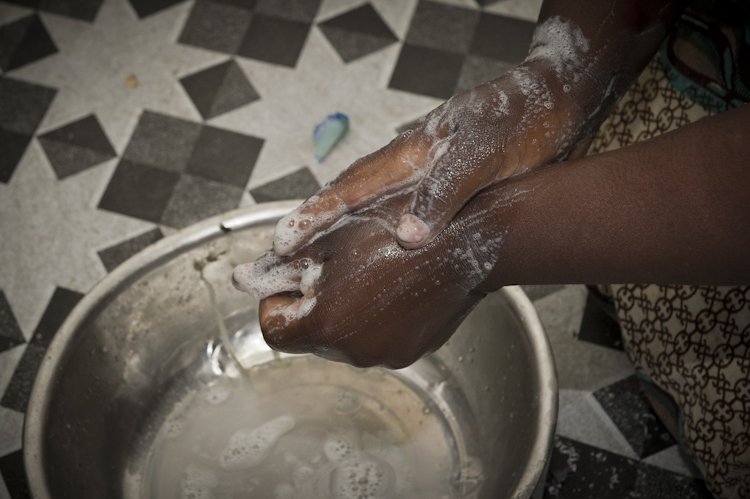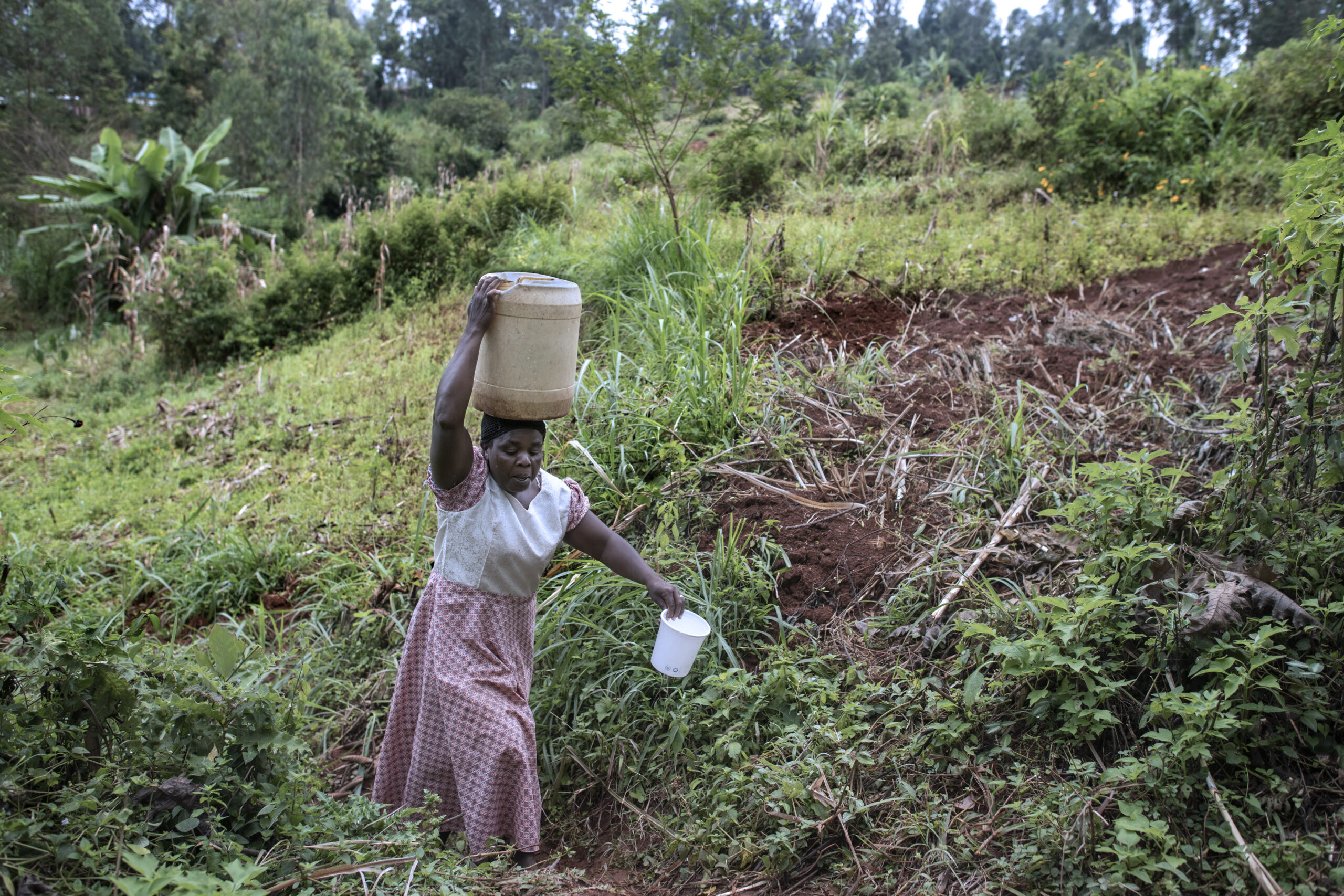
Women are stuck at the intersection of climate change and sanitation

The climate crisis is a health crisis, and one of its manifestations is its disruptive impact on safe drinking water and sanitation. Weather extremes like flooding stress sanitation systems and create increased opportunity for waterborne diseases such as cholera and typhoid which spread when communities use contaminated water for drinking, cooking, and cleaning. Also harmful is too little water in the form of droughts, which forces families to choose between hydration and hygiene and damages crops and food production. The resulting poor nutrition leads to increased infections that weaken the immune system and decrease quality of life.
Countries that lack access to lifesaving water and sanitation systems will see the largest increases in climate related waterborne disease. Research has identified that every 1 degree Celsius temperature increase leads to a 7 percent increase in diarrhea cases. Projections show that by 2030, we could see 50,000 additional childhood diarrhea-related deaths annually. This is in addition to the approximately half a million children who already die from diarrhea each year.
Let’s take a look at how women and girls stand to suffer most from the intersection of climate change and sanitation.
Women and Girls are Disproportionately Impacted by Climate Change’s Effects on Water
In addition to the health impacts, for women and girls, lack of water and sanitation is an additional barrier to education, safety, and economic opportunities. The time-consuming and physically demanding task of collecting water usually falls on women and takes away from other pursuits and responsibilities. Often, girls miss school and women miss out on earning potential because they are unable to manage their menstrual hygiene in inadequate sanitation facilities. Searching for a private place to relieve themselves may also compromises their safety. Millions of women deliver their babies in facilities without running water or sanitation systems, which puts both mother and child at risk.
Not having access to climate resilient sanitation holds women, along with their families and communities, captive in cycles of sickness and poverty. Climate change will only exacerbate the gender inequity perpetuated by inadequate water and sanitation systems.

Sanitation Has Untapped Potential
Women uplift nations, and we can no longer afford to let them be held back by a lack of access to basic needs. All women deserve the safety and dignity of proper sanitation facilities. Strengthening sanitation infrastructure also better equips women to invest in the health and well-being of their families. Safe water and sanitation are a form of healthcare and should be a human right. Investing in the implementation of climate-resilient water, sanitation, and hygiene (WASH) infrastructure is one of the best things a country can do to strengthen public health. WASH systems could prevent an estimated 300,000 child deaths from diarrhea infections each year.
Decision makers at all levels need to champion innovation in user-centered, climate-resilient sanitation solutions. Toilets may not be foremost in our thoughts as a global health solution, but they are a necessary component to containing waste, reducing the spread of disease, and to providing support to women and girls. Sewered toilets found in high-income countries may not be the best solutions for all contexts because they are costly, inflexible, and waste high volumes of water. There are many safe and sustainable toilet model alternatives that hold untapped potential. These sanitation solutions have the ability to create jobs, repurpose waste for fertilizer or energy, and empower women and girls. All women deserve access to clean drinking water and proper sanitation facilities.


